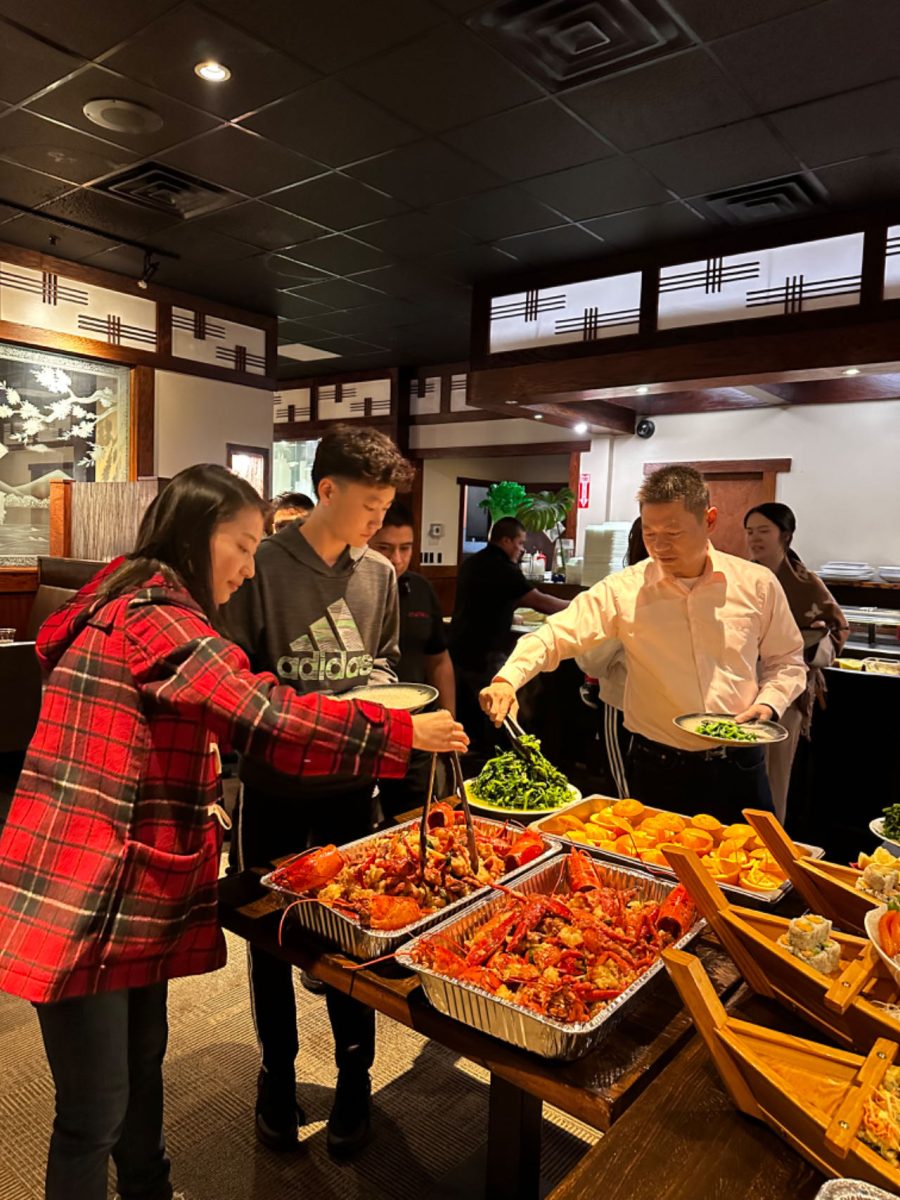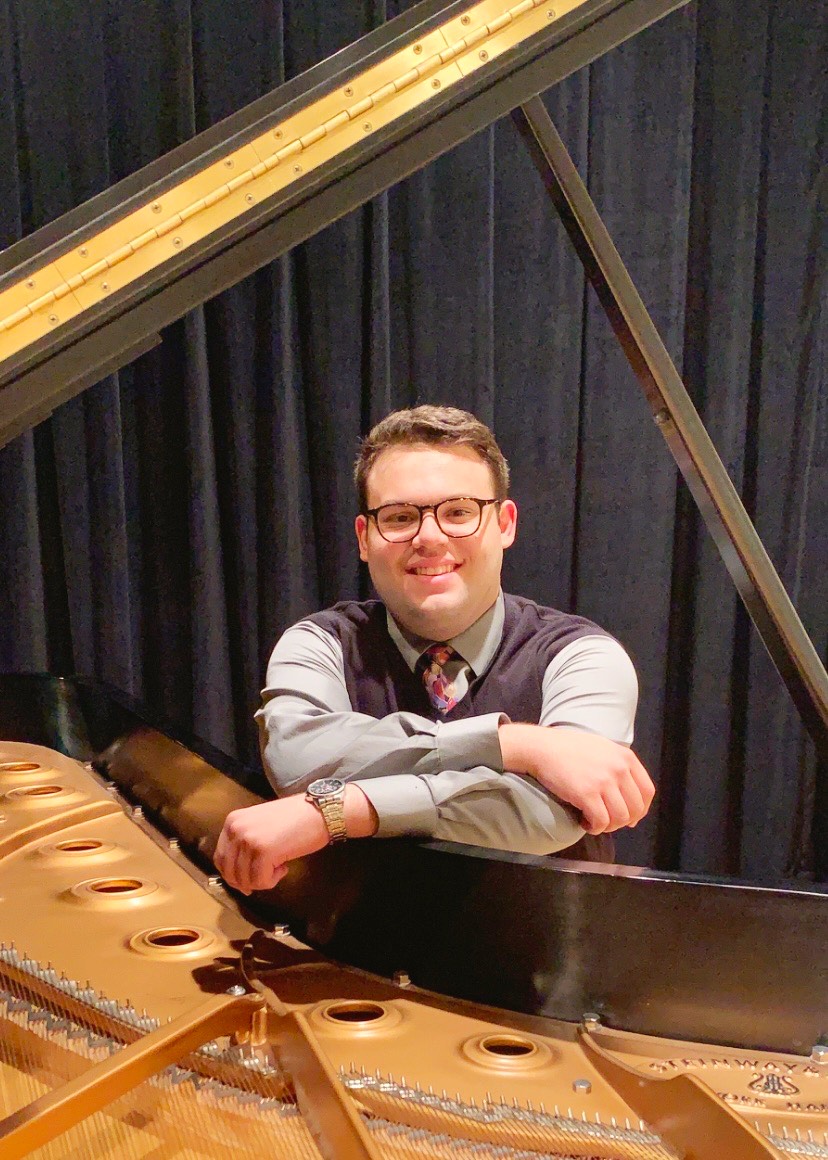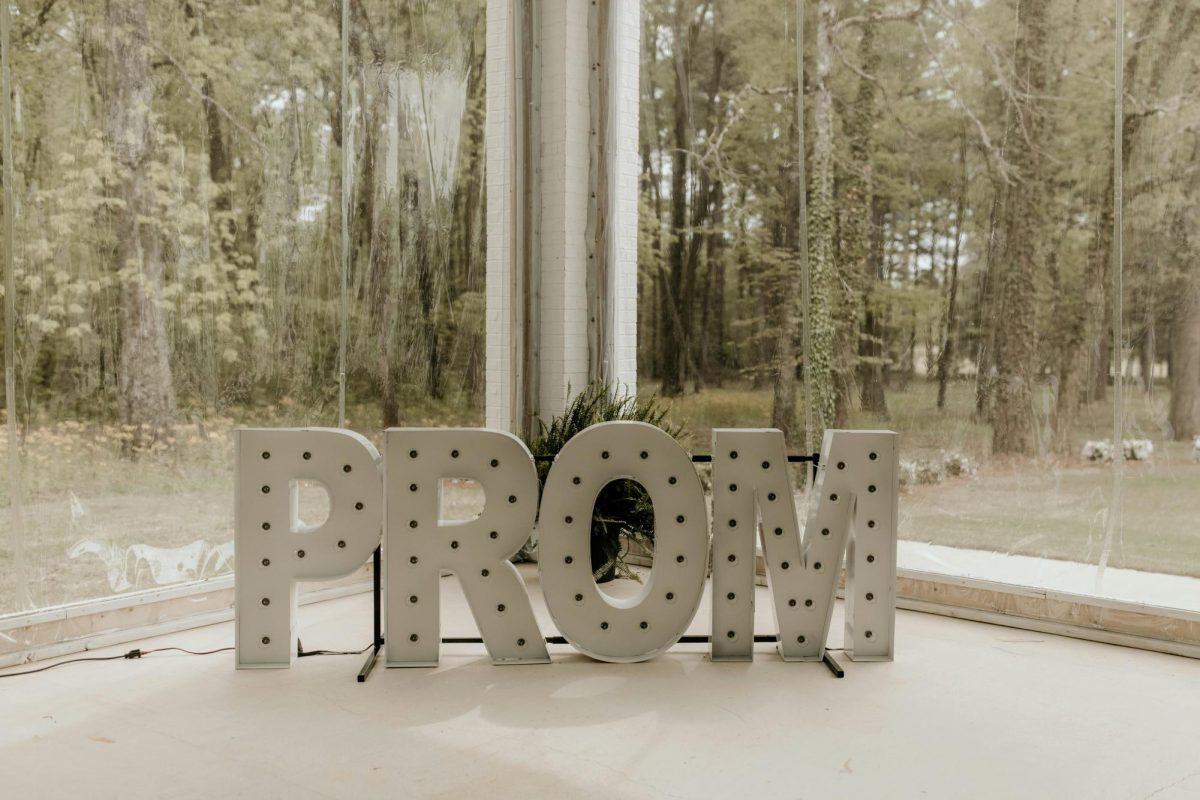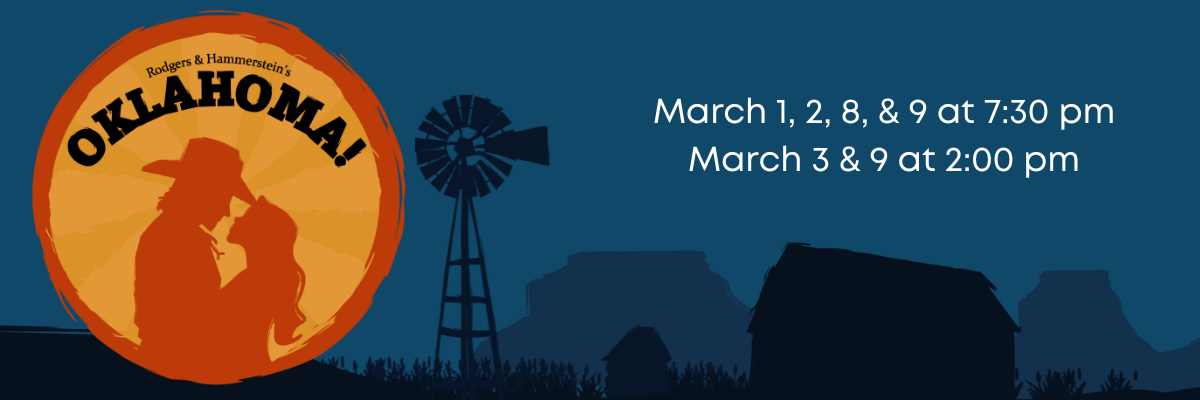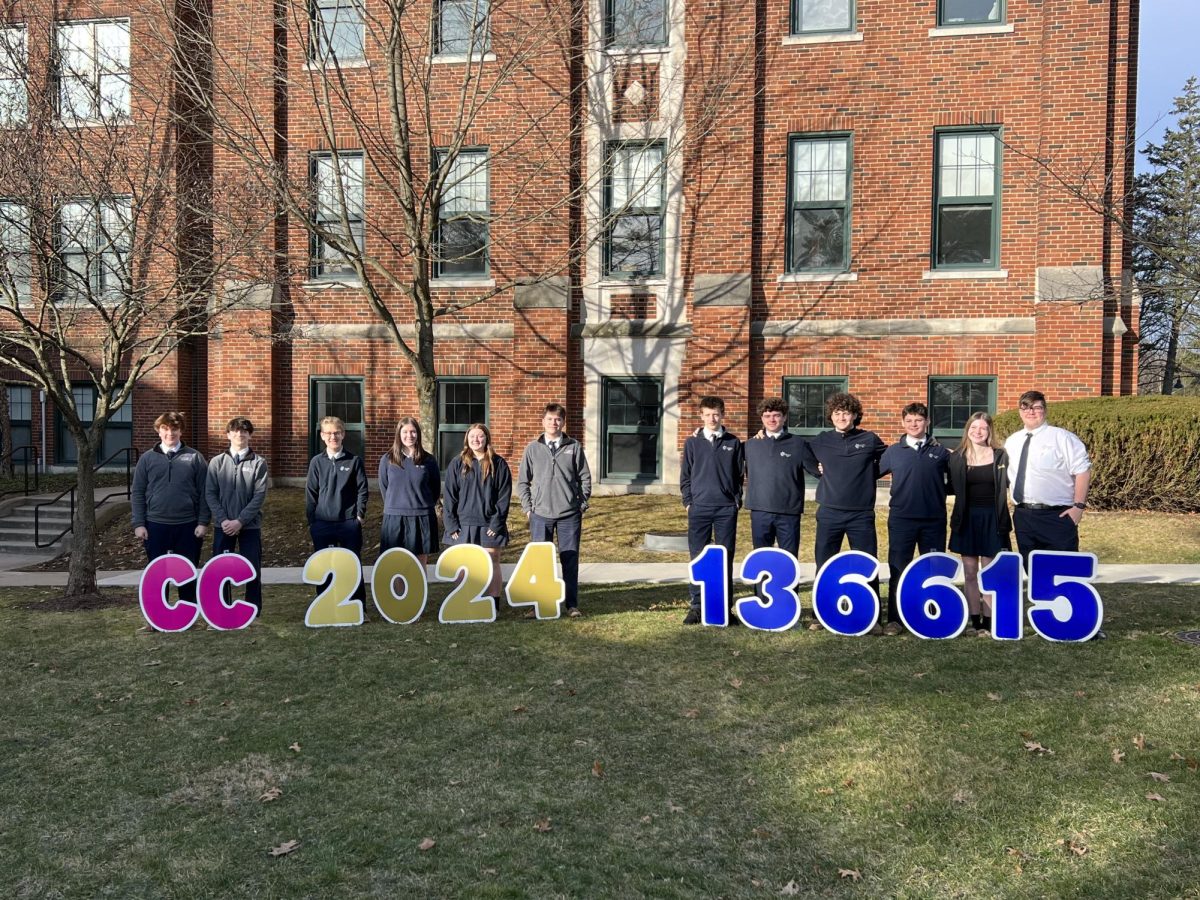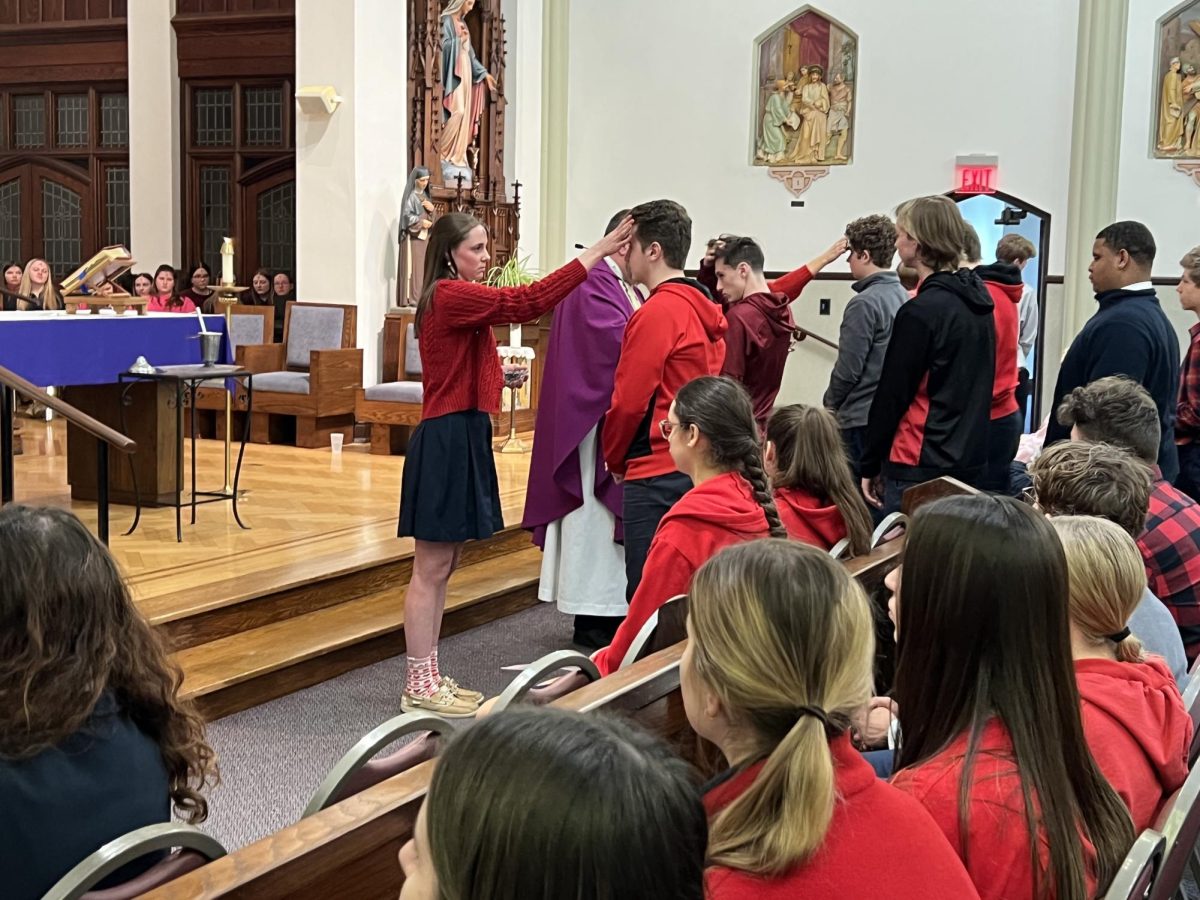The Lunar New Year is mainly celebrated by Asian countries using the Lunar calendar. The Lunar calendar follows the lunar phases and is estimated to be 354 days in a lunar year. The beginning of a new lunar year is associated with the coming of spring, hence the celebration of the Spring Festival. This celebration has been brought all over the world with the migration of Asian immigrants who have integrated their culture into their new homelands. The Lunar New Year is often associated with the Chinese New Year celebrations as many numbers of Chinese immigrants have introduced their culture to the West.
The New Year celebrations last for 15 days, starting on the new moon at roughly around the end of January and ending on the full moon, signifying the start of the new year. During Chinese New Year, people are expected to return home and spend the holidays with their families. They are expected to clean out their houses to expel the bad luck of the past year and wear new clothes to welcome the new year. On New Year’s Eve, family members gather together to honor their ancestors with money for the dead, food offerings and set off firecrackers. New Year celebration feasts usually include fish (年年有鱼-homonym with abundance), rice cakes (年糕-homonym with higher, meaning prosperity), dumplings (look like money pouches – represent fortune), sweet rice balls (汤圆- homonym with togetherness), and much more. Red Packets are usually given by the older generation to younger generations of the family to wish them luck and good fortune.
The main colors are Red and Yellow, symbolizing good fortune and prosperity. These two colors ornament much of the house during this time and are used in the majority of decorations and clothing. Festivities include lantern parades, dragon performances, and parading deities. Different areas within China celebrate the new year with different traditions. Within the US, however, Chinese immigrants have brought these festivities into their new homes. In Pittsburgh particularly, there is a New Year performance held at North Allegheny that invites many groups of traditional Chinese dancers, PeiKing Opera singers, and acts that do modern twists on traditional performances. Bigger cities such as New York, have larger performances and bigger celebrations.
The Chinese New Year is a time of unity, fortune, and a continuation of traditions. Family members come back home to spend the holidays together. Together, they brush off the bad luck of the past year and welcome in the new year. It is a celebration influenced by the traditions of the past generation.


